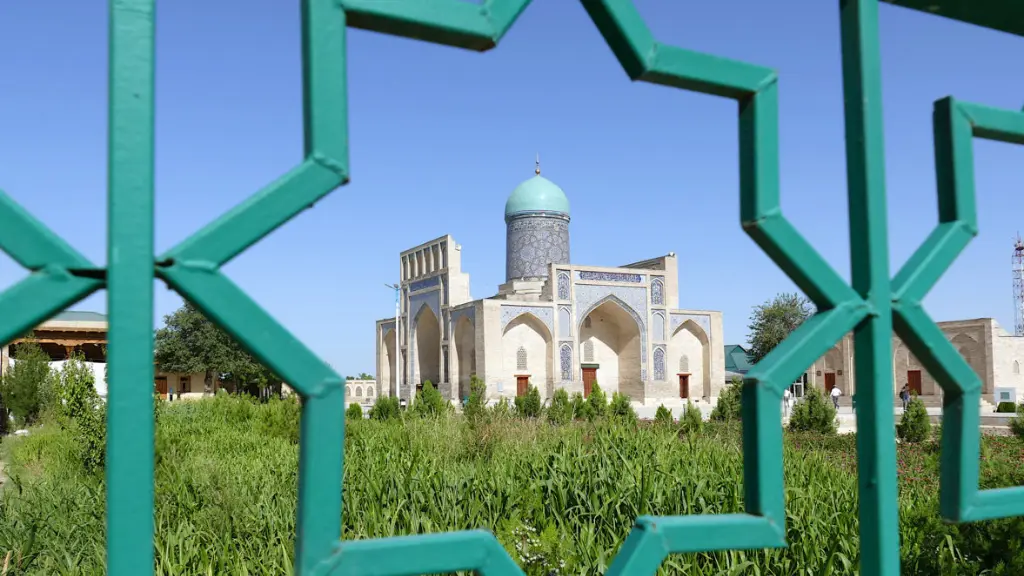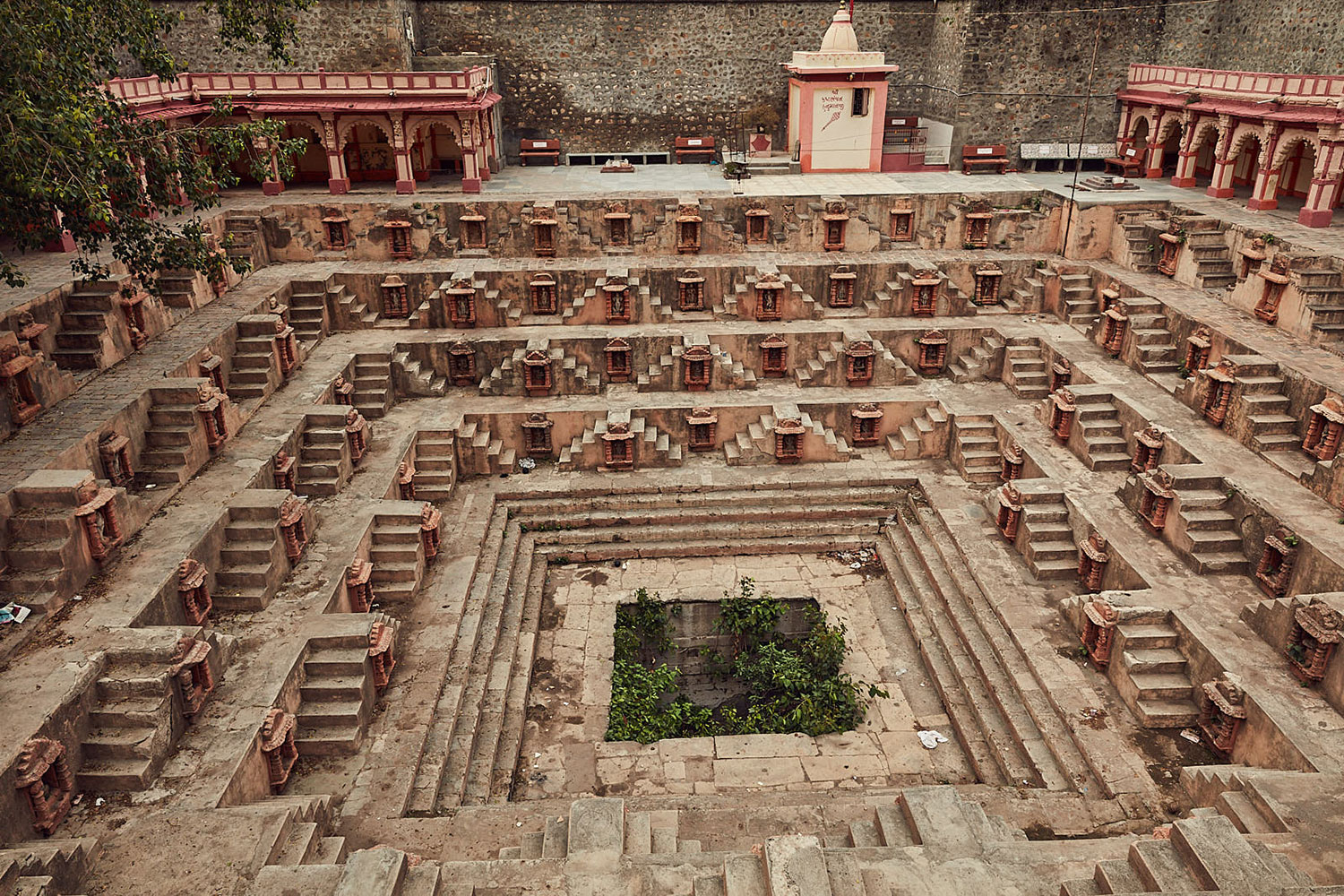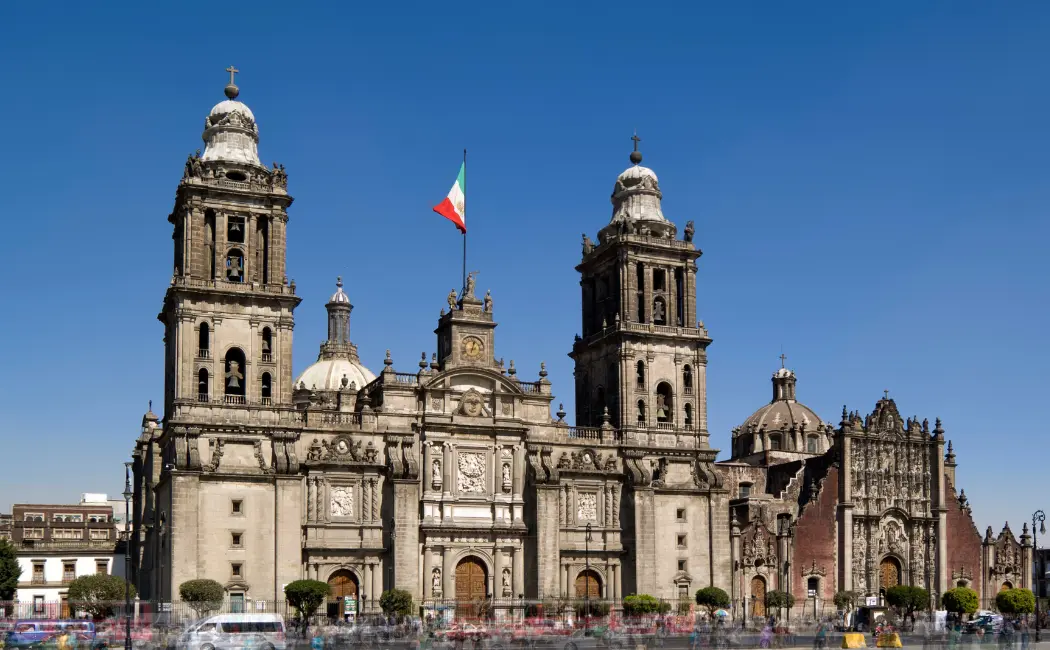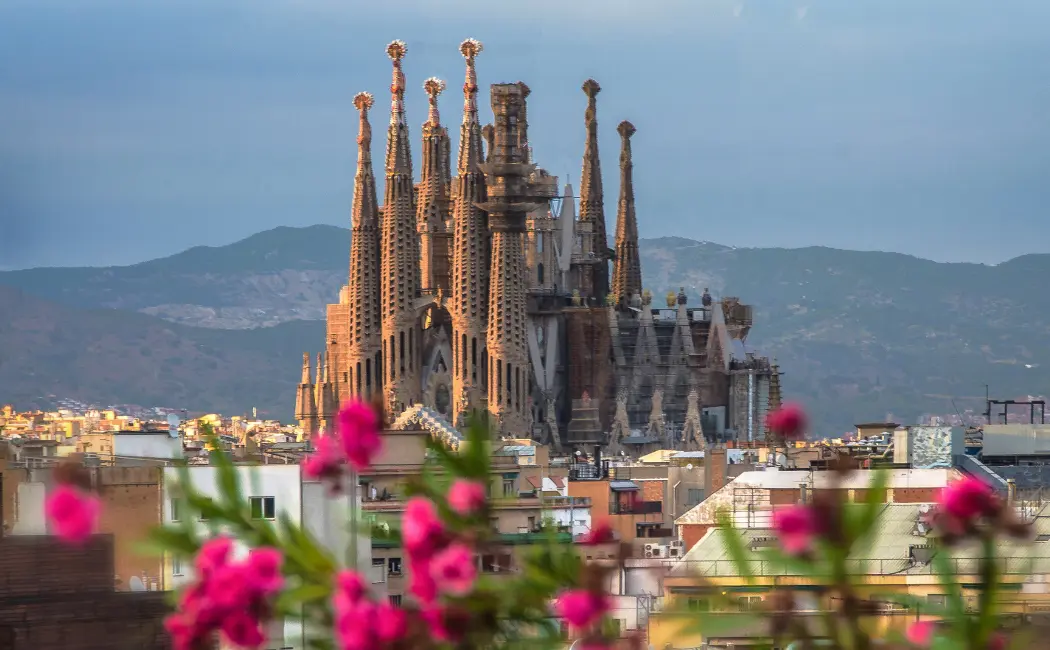The Silk Roads have long captivated travelers and historians alike. They represent a sprawling network of ancient trade routes that connected East and West. Central Asia’s Zarafshan-Karakum Corridor, recently inscribed as a UNESCO World Heritage Site, highlights the rich history, culture, and architecture of this region.
Whether you’re a history enthusiast or an adventurous traveler, this corridor offers countless wonders. Let’s dive into its highlights and how you can explore this fascinating route.
You May Also Like: Discover how Ayurveda Empowers Women’s Health.

What Is the Zarafshan-Karakum Corridor?
The Zarafshan-Karakum Corridor is a segment of the ancient Silk Roads that traverses parts of Uzbekistan, Turkmenistan, and Tajikistan. It follows the path traders once took to transport silk, spices, and other goods between China and the Mediterranean.
This corridor is notable for its caravanserais, fortresses, and ancient cities. These landmarks reflect the diverse cultures that thrived here for centuries.
Top Highlights of the Corridor
1. Samarkand, Uzbekistan
Samarkand is one of the most iconic cities along the Silk Roads. Known as the “Crossroads of Cultures,” it was a hub for trade, science, and art.
- Must-See Sites:
- Registan Square: A majestic complex of three madrassas with intricate tilework.
- Shah-i-Zinda: A necropolis featuring stunning mausoleums.
- Bibi-Khanym Mosque: Once one of the largest mosques in the Islamic world.
- Why Visit:
- Samarkand embodies the spirit of the Silk Roads, blending Persian, Turkic, and Islamic influences.
2. Bukhara, Uzbekistan
Bukhara is a UNESCO World Heritage Site in its own right, with over 2,000 years of history. It served as a major trading post and cultural center along the Silk Roads.
- Must-See Sites:
- Ark of Bukhara: A massive fortress that once housed royals.
- Poi Kalyan Complex: A stunning ensemble of mosques and minarets.
- Lyab-i Hauz: A charming plaza surrounded by historic buildings.
- Why Visit:
- Bukhara offers a glimpse into life along the ancient trade routes, with preserved markets and caravanserais.
3. Merv, Turkmenistan
Merv, an ancient oasis city, was one of the largest cities in the world during its peak. Today, it’s an archaeological treasure trove.
- Must-See Sites:
- Great Kyz Kala: Imposing clay fortresses.
- Sultan Sanjar Mausoleum: A beautiful structure dedicated to the Seljuk ruler.
- Erk Kala: The oldest citadel in Merv.
- Why Visit:
- Merv’s ruins tell the story of a city that was vital to the Silk Roads’ success.
4. Penjikent, Tajikistan
Penjikent is known for its well-preserved ruins from the Sogdian civilization. It was an important settlement along the Zarafshan River.
- Must-See Sites:
- Ancient Penjikent: The archaeological site includes homes, temples, and frescoes.
- Rudaki Museum: Dedicated to the famous Persian poet Rudaki.
- Why Visit:
- Penjikent offers a unique perspective on the artistic and cultural achievements of the Sogdian people.
5. Kyzylkum Desert
The Kyzylkum Desert spans parts of Uzbekistan, Turkmenistan, and Kazakhstan. It’s dotted with historical landmarks and offers stunning natural scenery.
- Must-See Sites:
- Desert Caravanserais: Rest stops for ancient traders.
- Aydarkul Lake: A serene spot for birdwatching and relaxation.
- Why Visit:
- Experience the vastness of the Silk Roads and the resilience of its travelers.
Activities for Travelers
Cultural Experiences
- Visit local bazaars to shop for silk, spices, and handmade crafts.
- Attend traditional music and dance performances in Samarkand or Bukhara.
Outdoor Adventures
- Take a camel trek through the Kyzylkum Desert.
- Hike the trails surrounding the Zarafshan River for breathtaking views.
Food and Cuisine
- Try plov, a rice dish often cooked with lamb, carrots, and spices.
- Sample non, a traditional flatbread baked in clay ovens.
Tips for Visiting the Zarafshan-Karakum Corridor
- Plan Ahead:
- Research visa requirements for Uzbekistan, Turkmenistan, and Tajikistan.
- Book guides for historical sites to enrich your experience.
- Travel Responsibly:
- Respect local customs and dress modestly in religious areas.
- Avoid touching or climbing on ancient ruins.
- Pack Wisely:
- Bring comfortable walking shoes for exploring archaeological sites.
- Carry sunscreen and water, especially in desert regions.
Why Visit the Zarafshan-Karakum Corridor?
The Zarafshan-Karakum Corridor is more than just a historic route. It’s a journey through time, showcasing the interconnectedness of ancient civilizations. Travelers can witness the legacy of trade, culture, and innovation that shaped the world we know today.
By exploring this new UNESCO World Heritage Site, you not only immerse yourself in history but also support efforts to preserve these cultural treasures for future generations.
Embark on an unforgettable adventure along the Zarafshan-Karakum Corridor. Whether you’re wandering Samarkand’s vibrant squares or exploring the ruins of Merv, the Silk Roads promise to inspire and amaze.










